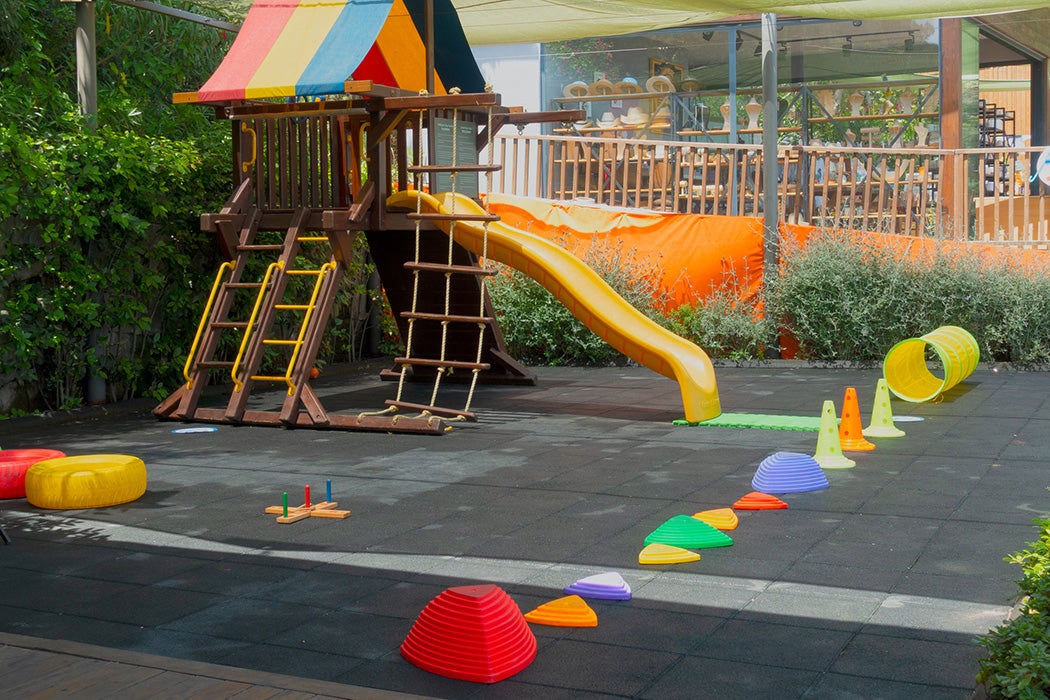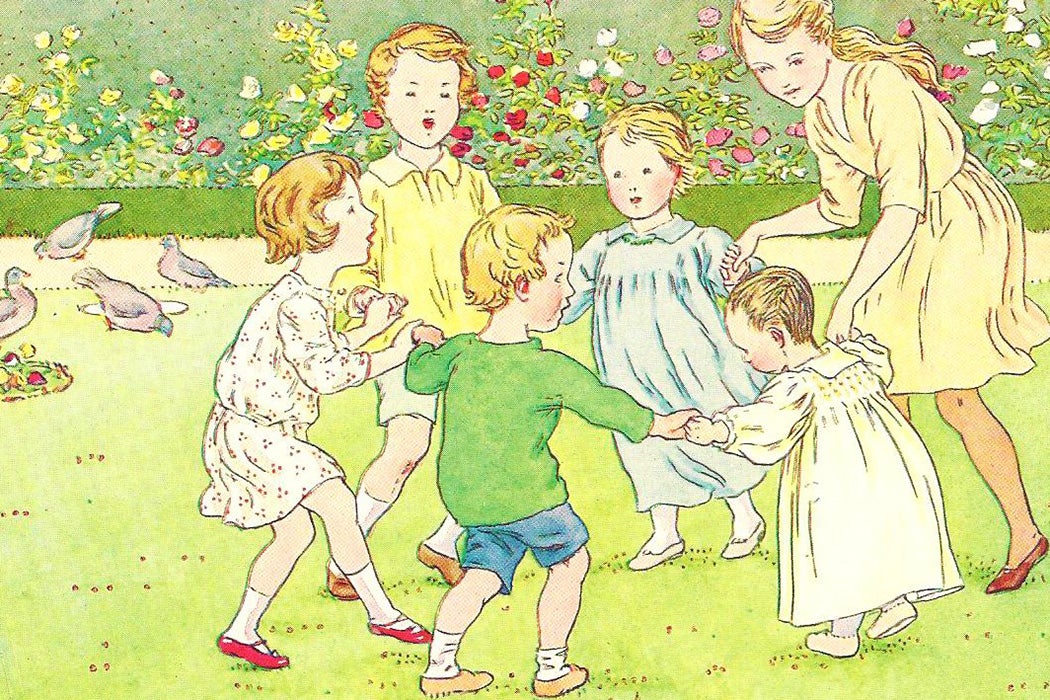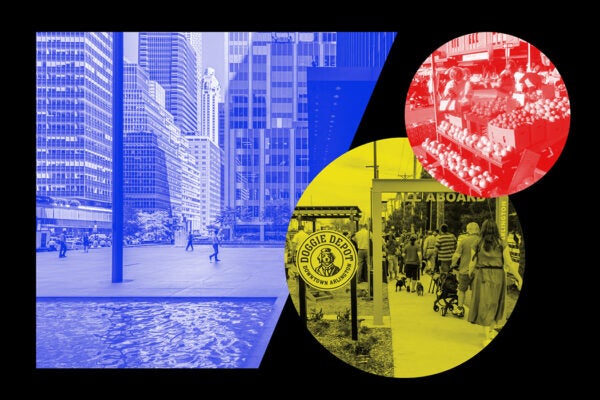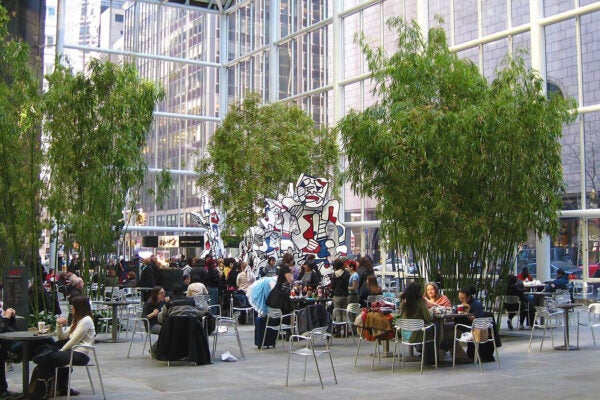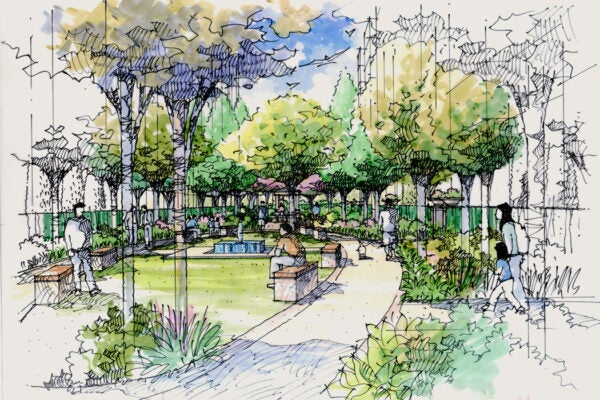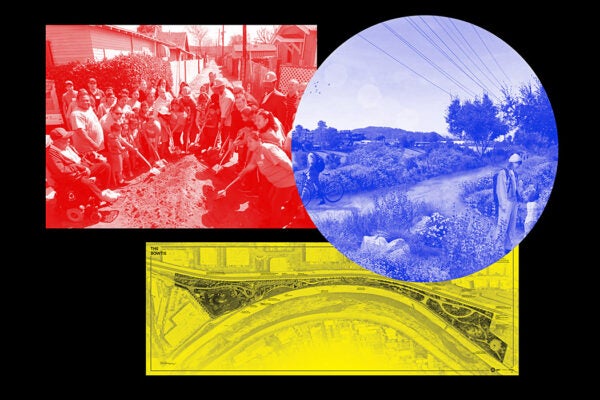The bare metal jungle gyms and slides and hard asphalt surfaces of playgrounds in decades past have been replaced by softer, safer materials and lavish designs—bridges, turrets, climbing walls or webs, and more. As playgrounds evolve to encourage children not just to climb and swing but to be creative, researchers have focused on how different playground designs influence play. Even temporary, low-cost additions to playgrounds can produce new play patterns, human ecology researchers Lorraine Maxwell, Mari Mitchell, and Gary Evans show in a two-stage investigation.
Maxwell, Mitchell, and Evans first tracked how children played on the equipment in two different areas of a child care center’s playground. They measured types of play behaviors and social interactions the children engaged in on different playground structures. Children spent a majority of their time at functional play—goal-oriented play centered on movement of the kind that can be done on old-school, barebones playground equipment. A quarter of their time was spent on dramatic play, based on imagination—games like playing “house.” Just 5 percent of the children’s time was spent on constructive play, which is goal-oriented.
More to Explore
The Linguistics of Cooties (and Other Weird Things Kids Say)
In the initial study, the researchers found that some areas of the existing playground were more likely than others to be used for dramatic play: partially enclosed spaces representing houses, as well as “node and connector spaces” and “stage-like places.” Such spaces facilitated group imaginative play; it was possible for two to three children to play in them, while enclosed spaces with multiple entry and exit points allowed a small group of children to be relatively uninterrupted.
In the follow-up study, the researchers added “loose parts” to two relatively little-used sections of the playground and observed how this changed the children’s play. These loose parts included Styrofoam or plastic blocks, tires, tree stumps, fabric, and PVC pipes.
Adding the loose parts both increased the amount of time children spent playing in the areas to which they were added and the amount of time they spent on constructive play. Kids used the blocks to create new spaces, for instance. Rather than just playing house in an existing structure, they built their own “house” space. Constructive play thus overlapped with dramatic play, as children physically built the spaces and imagined their uses simultaneously.
Weekly Newsletter
“Constructing these spaces provided an additional opportunity for children to express themselves through language,” Maxwell, Mitchell, and Evans write. The children
learned to negotiate as well as share, and building with the blocks contributed to the development of their gross and fine motor skills. Blocks, in particular, encourage building skills such as stacking and complex building. Complex building increases children’s ability to understand space, scale, and encourages creativity.
The addition of blocks and other loose items to the playground, as simple as it was, therefore increased the complexity of play in ways that potentially contributed to cognitive and social-emotional development.
